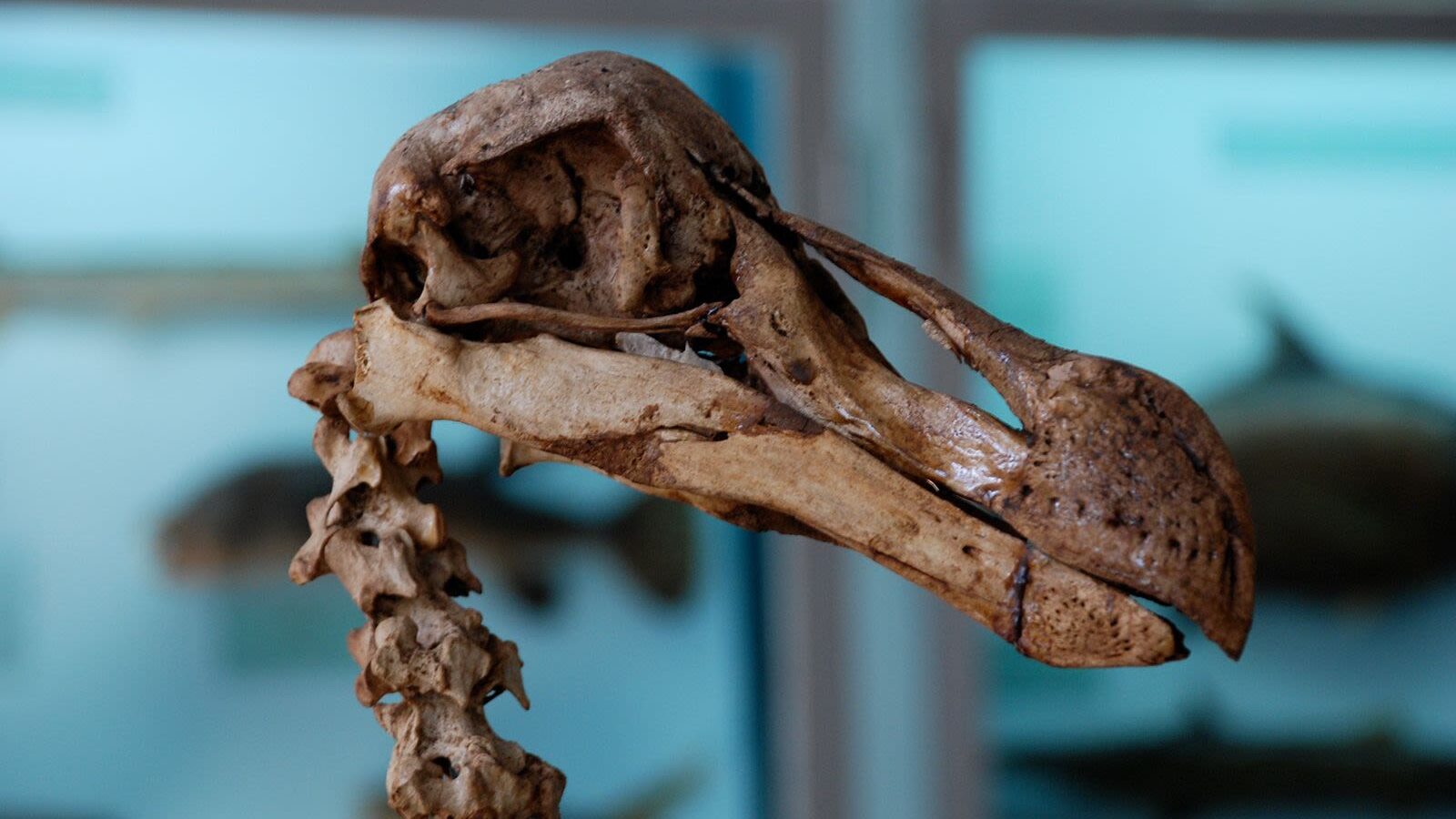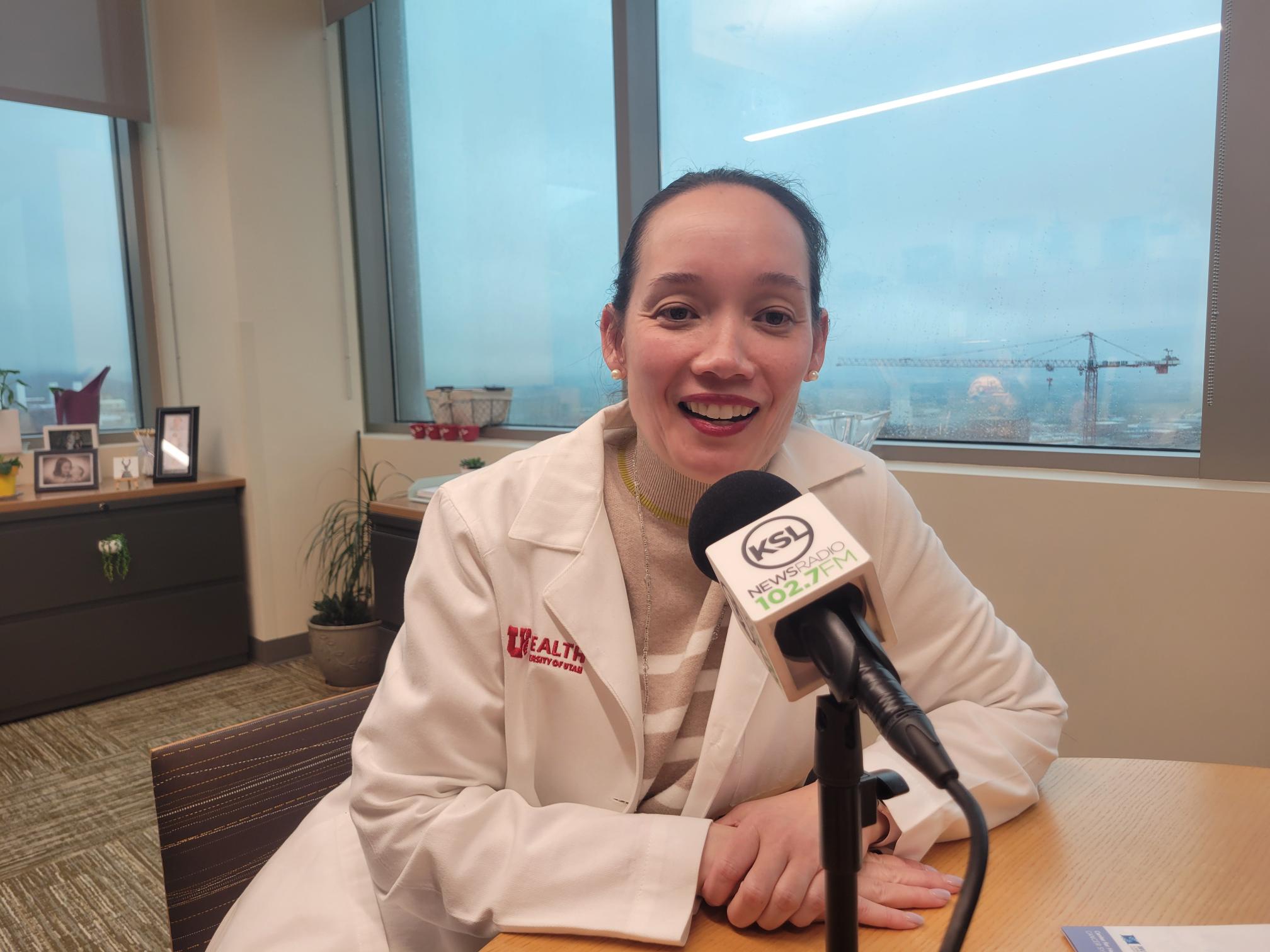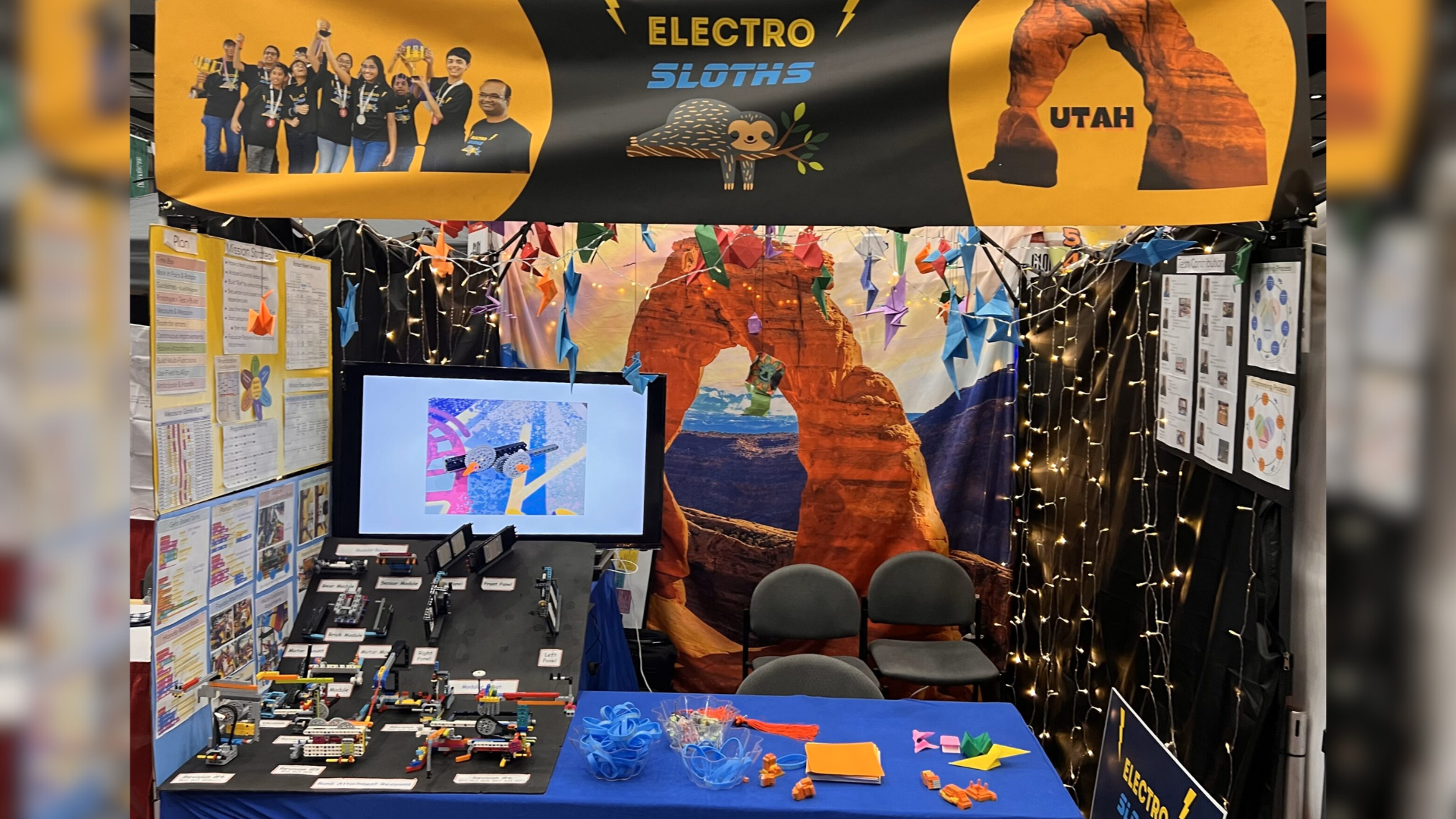Why ‘resurrection biology’ is gaining traction around the world
Dec 26, 2023, 10:00 AM

The dodo is one of several extinct creatures that Colossal Biosciences is trying to resurrect. (Ranjith Jayasena)
(Ranjith Jayasena)
Editor’s note: CNN’s Ashley Strickland and Tom Page contributed to this report
(CNN) — Resurrection biology — attempting to bring strings of molecules and more complex organisms back to life — is gaining traction in labs around the world.
The work is a far cry from the genetically engineered dinosaurs that escape in the blockbuster movie “Jurassic Park,” although for some scientists the ultimate goal is de-extinction and resurrecting animals and plants that have been lost.
Other researchers are looking to the past for new sources of drugs or to sound an alarm about the possibility of long-dormant pathogens. The field of study is also about recreating elements of human history in an attempt to better understand how our ancestors might have lived and died.
Here are four fascinating research projects in this emerging field that launched or made significant progress in 2023.
Reviving ‘zombie’ viruses
Warmer temperatures in the Arctic are thawing the region’s permafrost — a frozen layer of soil beneath the ground — and potentially stirring viruses that, after lying dormant for tens of thousands of years, could endanger animal and human health.
Jean-Michel Claverie, a professor emeritus of medicine and genomics at the Aix-Marseille University School of Medicine in Marseille, France, is seeking to better understand the risks posed by what he describes as “zombie viruses” by resurrecting viruses from earth samples from Siberia.
Claverie managed to revive a virus in 2014 that he and his team isolated from the permafrost, making it infectious for the first time in 30,000 years by inserting it into cultured cells. In his latest research, published in February, Claverie and his team isolated several strains of ancient virus from multiple samples of earth representing five new families of viruses. For safety, he had chosen to study a virus that could only target single-celled amoebas, not animals or humans.
The oldest was nearly 48,500 years old, based on radiocarbon dating of the soil, and came from a sample of earth taken from an underground lake 52 feet (16 meters) below the surface. The youngest samples, found in the stomach contents and coat of a woolly mammoth’s remains, were 27,000 years old.
That amoeba-infecting viruses are still infectious after so long is a signal of a serious potential public health threat, Claverie said.
“We view these amoeba-infecting viruses as surrogates for all other possible viruses that might be in the permafrost,” Claverie told CNN earlier this year.
“Our reasoning is that if the amoeba viruses are still alive, there is no reason why the other viruses will not be still alive, and capable of infecting their own hosts.”
Hunt for new antibiotics goes back to the ice age
For bioengineering pioneer César de la Fuente, Presidential Assistant Professor at the University of Pennsylvania, the past is a source of opportunity that has opened up a new front in the fight against drug-resistant superbugs.
Advances in the recovery of ancient DNA from fossils mean that detailed libraries of genetic information about extinct human relatives and long-lost animals are now publicly available.
The machine biology group he leads at UPenn uses intelligence-based computational methods to mine this genetic information and identify small protein, or peptide, molecules they believe to have bacteria-fighting powers. He has discovered promising compounds from Neanderthals and ice age creatures such as the woolly mammoth and giant sloth.
“It has enabled us to uncover new sequences, new types of molecules that we have not previously found in living organisms, expanding the way we think about molecular diversity,” de la Fuente said. “Bacteria from today have never faced those molecules so they may give us a better opportunity at targeting the pathogens that are problematic today.”
Most antibiotics come from bacteria and fungi and have been discovered by screening microorganisms that live in soil. But in recent decades, pathogens have become resistant to many of these drugs because of widespread overuse.
While de la Fuente’s approach is unorthodox, the urgency to identify possible candidates has never been greater as the global population faces nearly 5 million deaths every year that are associated with microbial resistance, according to the World Health Organization.
Plotting the resurrection of the dodo, woolly mammoth and Tasmanian tiger
Extinctions are happening at a faster pace than ever. For some scientists, a path to staunching this loss could be trying to resurrect lost creatures from the past.
Biotechnology and genetic engineering startup Colossal Biosciences announced in January that it wants to bring back the dodo — an odd-looking flightless bird that lived on the island of Mauritius in the Indian Ocean until the late 17th century — and reintroduce it to its once native habitat.
The company is working on other equally ambitious projects that will incorporate advances in ancient DNA sequencing, gene-editing technology and synthetic biology to bring back the woolly mammoth and the thylacine, or Tasmanian tiger.
Geneticists at Colossal Biosciences have found cells that act as a precursor for ovaries or testes in the Nicobar pigeon, the dodo’s closest living relative, that can grow successfully in a chicken embryo. The scientists are now investigating whether these cells — called primordial germ cells, or PGCs — can turn into sperm and eggs.
The company plans to compare the genomes of the dodo and the Rodrigues solitaire, an extinct bird closely related to the dodo, to identify how they differ. Then it will edit the PGCs of a Nicobar pigeon so it expresses the physical traits of a dodo.
The edited cells will then be inserted into the embryos of a sterile chicken and rooster. With the introduction of the edited PGCs, the chicken and rooster will be capable of reproducing, and, in theory, their offspring will resemble the dodo thanks to the hybridized pigeon DNA in their reproductive systems.
“Physically, the restored dodo will be indiscernible from what we know of the dodo’s appearance,” said Matt James, chief animal officer of Colossal Biosciences, told CNN in a November email.
Even if the researchers are successful in this high-stakes endeavor, they won’t be making a carbon copy of the dodo that lived four centuries ago but an altered, hybrid form instead.
Colossal Biosciences has partnered with the Mauritian Wildlife Foundation to conduct a feasibility study to assess where to best locate the birds if the experiment is successful. However, finding a home may prove challenging.
Mauritius is a relatively small island that has changed significantly since the dodo went extinct.
“Despite being one of the most famous birds in the world, we still know virtually nothing about the dodo, so how it interacted with its environment is impossible to know,” said Julian Hume, an avian paleontologist and research associate at London’s Natural History Museum, who has studied the bird.
“Because of the complexity of recreating a species from DNA, even if it was possible, (it) can only result in a dodo-esque creature. It will then take years of selective breeding to enhance a small pigeon into a large flightless bird. Remember, nature took millions of years for this to happen with the dodo,” he added.
What Egyptian mummies smelled like
Visitors to Denmark’s Moesgaard Museum can sniff the scent of an Egyptian mummification balm last used 3,500 years ago.
The evocative smell was recreated from ingredients identified by studying residues left in two canopic jars discovered in Egypt’s Valley of the Kings in 1900. The two jars once contained some of the remains of an ancient Egyptian noblewoman known as Senetnay.
The exact recipes used in the mummification process have long been debated because ancient Egyptian texts don’t name precise ingredients.
The invesetigation, led by Barbara Huber, a doctoral researcher of archaeological chemistry at the Max Planck Institute of Geoanthropology in Germany, identified the balm ingredients using a variety of highly advanced analytical techniques.
She found the balms contained beeswax, plant oils, animal fats, resins and the naturally occurring petroleum product bitumen. Compounds such as coumarin and benzoic acid were also present. Coumarin, which has a vanilla-like scent, is found in pea plants and cinnamon, while benzoic acid occurs in resins and gums from trees and bushes.
The balms differed slightly between the two jars, which means that different ingredients may have been used depending on which organ was being preserved.
In the jar used to store Senetnay’s lungs, researchers detected fragrant resins from larch trees and something that’s either dammar from trees found in India and Southeast Asia, or resin from Pistacia trees that belong to the cashew family.
“The presence of such a vast array of ingredients, including exotic substances like dammar or Pistacia tree resin, indicates that extremely rare and expensive materials were used for her embalming,” Huber told CNN when the research was published in August. “This points to Senetnay’s exceptional status in society.”
The scent was then recreated with the help of French perfumer Carole Calvez and sensory museologist Sofia Collette Ehrich.
“The first time I encountered the scent, it was a profound and almost surreal experience,” Huber said.
“After spending so much time immersed in the research and analysis, to finally have this tangible, aromatic connection to the ancient world was moving. It was like holding a faint echo from the past.”
The-CNN-Wire
™ & © 2023 Cable News Network, Inc., a Warner Bros. Discovery Company. All rights reserved.













